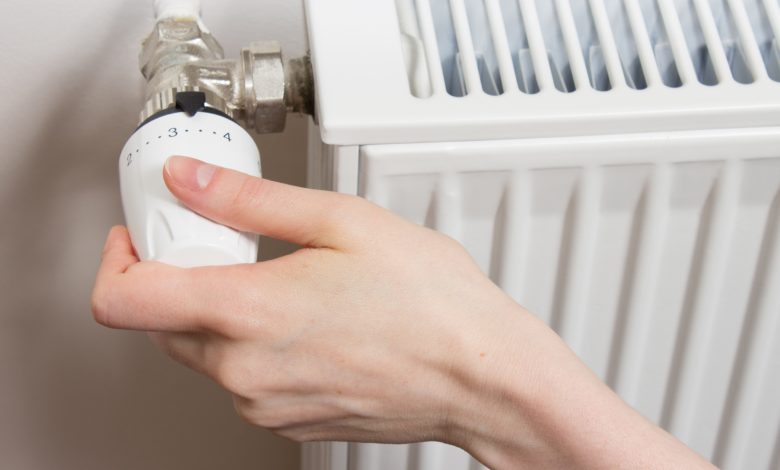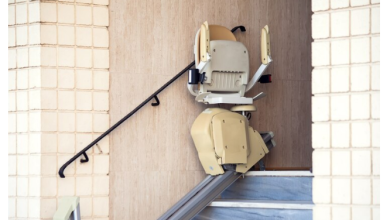Radiator Heat vs Forced Air: What Are the Differences?

Are you considering a new HVAC system for your house? Perhaps you’re wondering whether you need a new system at all.
Installing a new HVAC system is the easiest way to ensure your home is getting the most out of its heating and cooling. While you are replacing your old system, you may be wondering if a heat pump and ductless system are better than a traditional forced air system.
The only problem is you have no idea about the difference between the two systems. As a result, it may be difficult to explain the benefits to your family.
Keep reading below to learn all about the differences between a radiator heat vs forced air system.
Table of Contents
What Are They
Radiator heat, also called hydronic heating, utilizes a boiler or furnace to heat water. This water is then circulated through a system of pipes that are connected to a series of radiators in many rooms of the house.
Forced air is a type of home heating system that involves a furnace that both heats up. It circulates air through a series of ducts and vents throughout the house. This type of heating is powered by gas, oil, or electricity.
If you are interested, you can search online where you can buy either of these two. Check https://www.cnmonline.co.uk/radiators.html as your guide.
The Benefits
Radiator heat is a proven and reliable way to heat a home. Relying on a heated liquid to pass through radiators and warm up the rooms. It provides a smooth, steady heat with minimal air movement, which is ideal for areas like bedrooms and living rooms.
Forced air utilizes an air blasting system, which provides high levels of air circulation, and responds quickly to changes in temperature settings. This type of system is often used to quickly cool or heat a large space.
With its quick response rate, it is well suited for uses such as basements, garages, and shared workspaces. Radiator heat is quiet, but requires more maintenance and can be inefficient in poorly insulated homes.
Forced air is more efficient and easier to install, but the fan noise can be a nuisance. Both systems can control with thermostats, helping to keep the home at a comfortable temperature.
Heating Efficiency
Radiator heat relies on the natural rise of warm air through the radiator and into the room, exchanging cold air with warm air. This can create an uneven warmth throughout the house.
Forced air works off a central heating system that reheats. And can result in a more consistent temperature throughout the house.
Forced air heating is easier to regulate the amount of heat being used to the desired temperature. While, radiator heat is typically used as a supplemental heat source, and not as the main heating system.
Design Impact
Forced air is the most common form of residential heating today and allows a more even dispersal of heat than radiators. It allows the temperature in each room to control more precisely, as a central thermostat can use. Additionally, air ducts can use to regulate airflow, so that colder rooms can warm up or warmer rooms can be cooled down.
Radiator heat, however, can be an effective supplemental form of heat in homes or offices. They offer a more traditional form of heating, as well as better heating of the home or office overall. While radiators cannot be regulated as precisely as forced air, the heat offered by them is generally more efficient and evenly dispersed than forced air systems.
Cost Differences
Forced air furnaces are more expensive, but they provide the most efficient and cost-effective heating solution. Radiators can last longer than forced air systems due to their superior insulation.
Forced air systems can cost around $2,500 to $10,000 to install. While radiator heat systems usually cost around $3,000-9,000 for installation.
In terms of monthly running costs, forced air systems need more electricity to power the fan than the natural heat generated from radiated heat systems. They also use substantial maintenance to ensure efficient operation.
One of the radiator heaters requires less frequent maintenance. However, their running costs may not be as economical as a forced air system in cold climates due to the need to keep the water continually heated.
Installation Process
Forced air is much more prevalent and easier to install for one major reason, it does not require water. This is ideal for places where plumbing and water aren’t easily accessible.
With radiator heat, a boiler heats water or oils, which then heats a series of radiators distributed throughout the house. They require significantly more installation work. As well as extensive plumbing knowledge to ensure the water can circulate properly.
Product Warranty
Both have different types of warranties, depending on their type and make. Radiator heat typically has a warranty of 5-10 years, while forced air heaters can have a warranty of up to 20 years.
The other components, like pipes and radiators, also have their coverage. Forced Air heating has a shorter warranty period, typically 2-6 years, depending on the system.
The main components, like the motor and fan, have a 1-year limited warranty, and the more expensive components, like the thermostat, have a longer period of coverage. It is important to review the manufacturer’s warranty statements to ensure that you understand the coverage for both systems.
Many people prefer a product warranty as it can save them costly repair bills in the event of a breakdown. Regardless of the coverage, it is essential to read the terms and conditions of any warranty before signing up, as this will clearly outline any limitations or exclusions.
A Guide to Differences Between Radiator Heat vs Forced Air
The family needs an HVAC system that will keep them comfortable at home. This ultimate guide to radiator heat vs forced air has highlighted the key differences between each of these systems.
By reading this guide, you will find an efficient and convenient for your needs. So, what are you waiting for? Start living comfortably during colder months today.
Want to learn more about this topic? Feel free to explore the rest of our blog for additional information.





